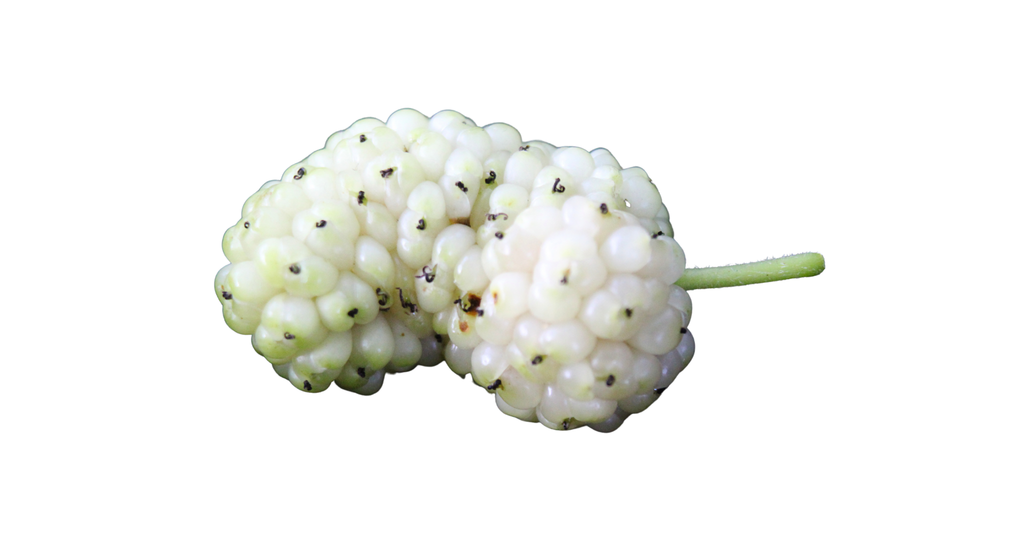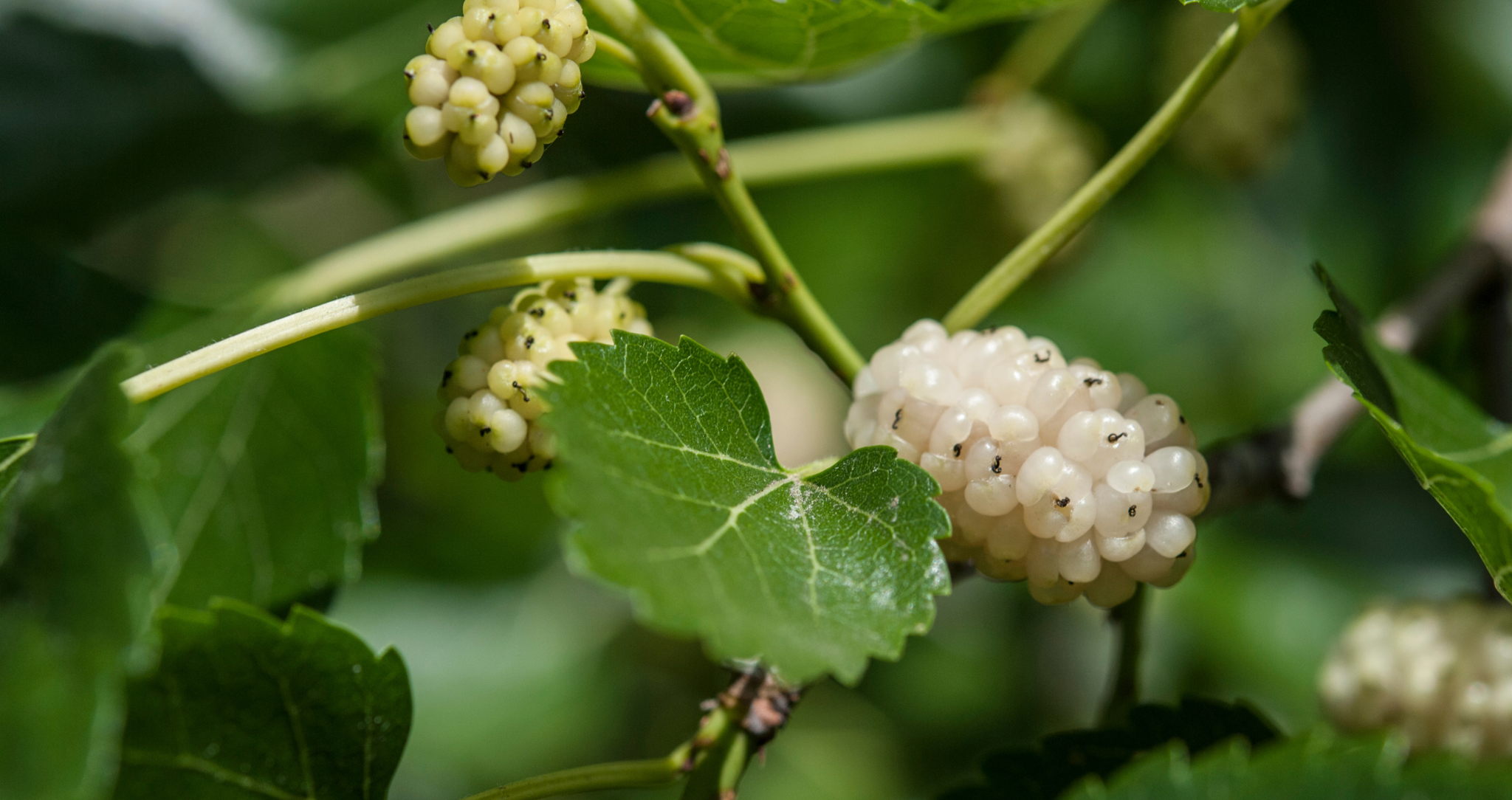
The leaves of the White Mulberry tree (Morus alba L.) are called Sangye in Chinese, belonging to the genus Morus. It is an edible plant with high nutritional and medicinal value. In Asian countries including China, Japan, and Korea, White Mulberry is widely used as functional foods including beverages, noodles, and herbal teas because of its biological and nutritional value. Meanwhile, products derived from White Mulberry in powder, extract and capsule form are widely used as dietary supplements to control sugar and blood sugar levels.
Clinical studies show that white mulberry plays an important role in the treatment of metabolic diseases including diabetes, dyslipidemia, obesity, atherosclerosis and hypertension. People use white mulberry widely due to its nutritious, delicious, safe and many good benefits. However, the systematic pharmacological mechanisms of White Mulberry on metabolic diseases have not been fully revealed.
Clinical studies show that white mulberry plays an important role in the treatment of metabolic diseases including diabetes, dyslipidemia, obesity, atherosclerosis and hypertension. People use white mulberry widely due to its nutritious, delicious, safe and many good benefits. However, the systematic pharmacological mechanisms of White Mulberry on metabolic diseases have not been fully revealed.

Diabetes mellitus is believed to be caused by a disorder of insulin secretion, which is characterized by pathological symptoms related to high blood sugar levels. Lipid disorders are one of the most important factors leading to xanthomas and atherosclerosis. However, most patients with dyslipidemia do not have any unusual symptoms or signs. Atherosclerosis is a dangerous condition that leads to coronary artery disease. Obesity is caused by an imbalance between energy intake and energy expenditure, which is the key to type 2 diabetes, high blood pressure and various types of cancer.
Many medicinal plants have been widely used as functional foods and medicines for the above diseases. The leaves of the White Mulberry tree are widely used in traditional medicine and health protective foods, such as tea, beverages, noodles, etc. Since ancient times, traditional Chinese medicine believes that Mulberry White has the effect of dispelling wind heat, benefiting the liver and improving eyesight. In particular, White Mulberry has been used to treat “Xiao-ke” (a syndrome that we can now identify as diabetes) in Chinese medicine for a long time. Clinical trials on the pharmacological effect of White Mulberry on metabolic diseases have now been carried out, especially diabetes and hypertension. Furthermore, evidence confirms that White Mulberry inhibits the growth and risk of many types of cancer cells. White mulberry can dilate blood vessels, improve myocardial ischemia and hypoxia, thereby preventing cardiovascular diseases.
White mulberry can be used to treat many metabolic diseases in many ways. However, the systematic pharmacological mechanisms of White Mulberry on metabolic diseases have not yet been fully and comprehensively revealed. Therefore, based on the research progress of domestic and foreign scholars, this review aims to summarize the functional assessment of White Mulberry as a potential medicine to prevent and treat metabolic diseases. for more in-depth development and application.

